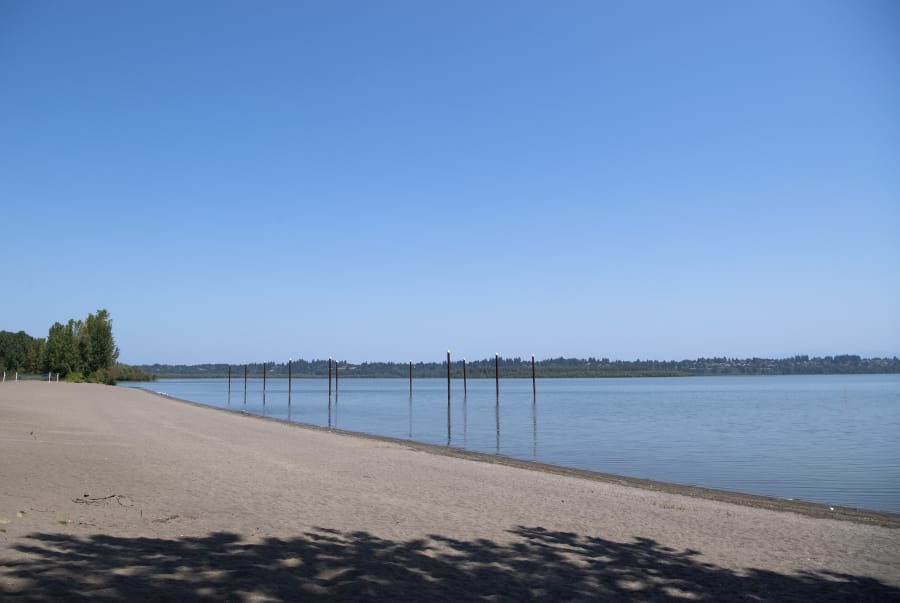Clark County Public Health has downgraded its advisory at Vancouver Lake and reopened the swim beach, which had been closed since July 24.
Blooms of cyanobacteria, or blue-green algae, have dissipated at the swim beach and flushing channel, according to a Public Health news release. There is a bloom still present at Burnt Bridge Creek inlet.
The lake has been downgraded to a caution advisory, which means algae blooms are present. A warning means that test results indicate algae is producing toxins above the state’s threshold. The lake will remain under an advisory as long as blooms are present.
The lake has been under some sort of advisory since June 12, when blue-green algae was first detected there. The lake was also briefly closed for elevated E. coli levels in July.
According to Public Health officials, the lake struggles with cyanobacteria because it is shallow and full of nutrients without many outlets or freshwater sources. When there is little rain, lots of sunlight and warm temperatures, Vancouver Lake is particularly susceptible to cyanobacteria.
If temperatures warm again and the sun comes out of hiding, it’s possible that elevated toxin levels will return.
Public Health advises people to avoid direct contact with water in areas with floating blue-green-colored scum.
Health officials recommend: no swimming or water skiing in areas of scum; no drinking lake water; no water contact for animals in areas of scum; avoid areas of scum when boating; and clean fish well and discard organs.
Blue-green algae can pose a significant health risk if the cyanobacteria or toxins are ingested, inhaled or come into contact with skin, causing wheezing, coughing, chest tightness and shortness of breath. Skin contact can cause rashes, itching, blisters and eye irritation.
If toxic water is swallowed, it can cause abdominal pain, diarrhea, vomiting, numbness of the lips, tingling in fingers and toes, and dizziness. Swallowed water with cyanotoxins can be fatal to pets.
Additional information about blue-green algae and current advisories are posted on the Public Health public beaches website. To report algae blooms in other bodies of water, visit the Public Health website.




